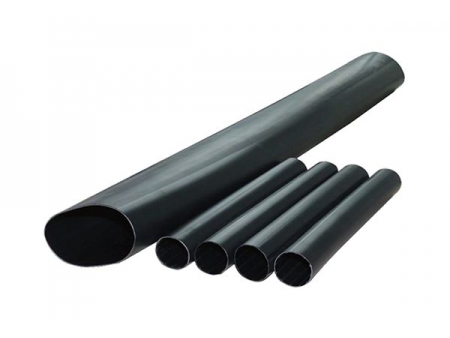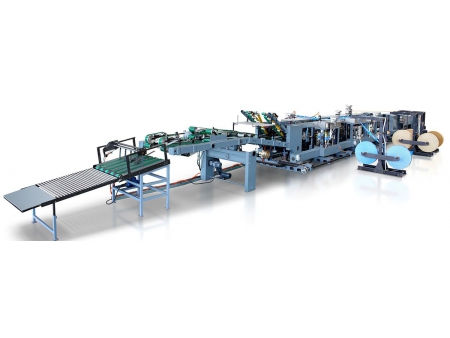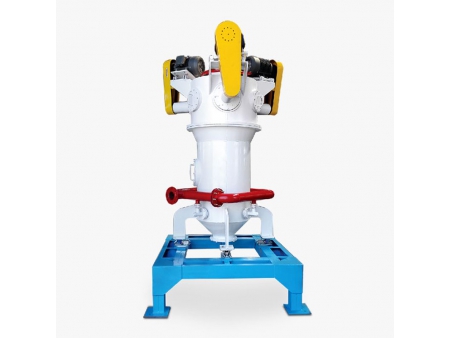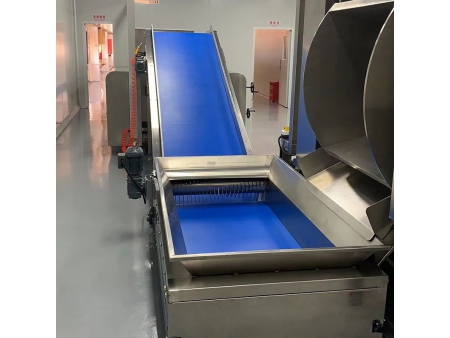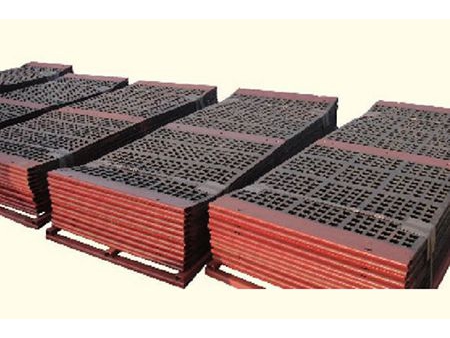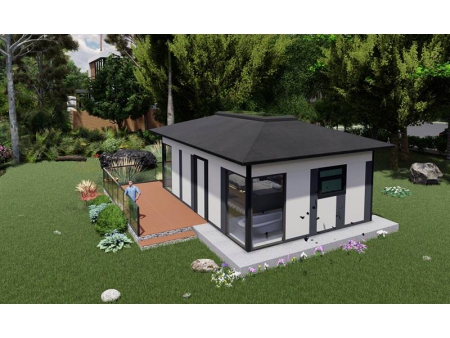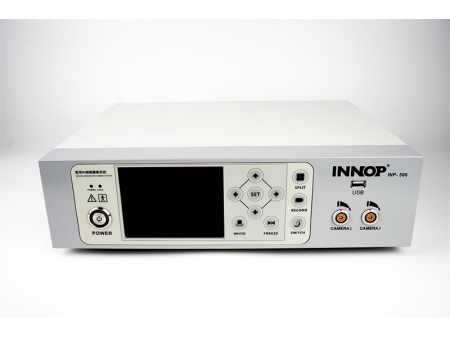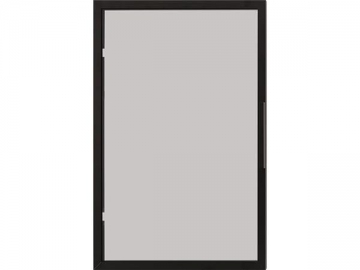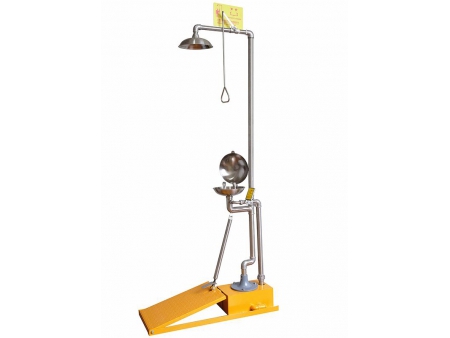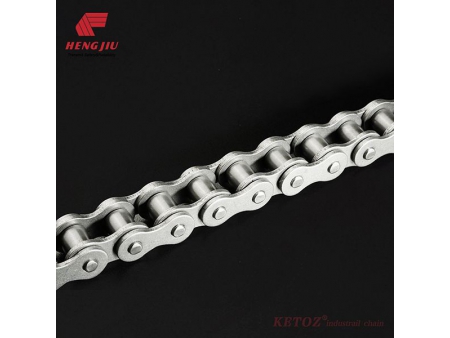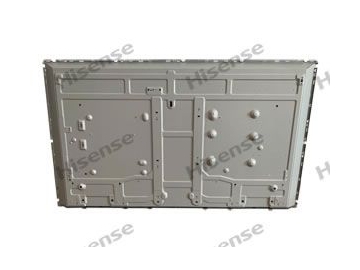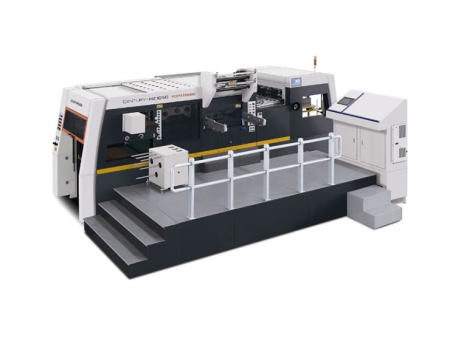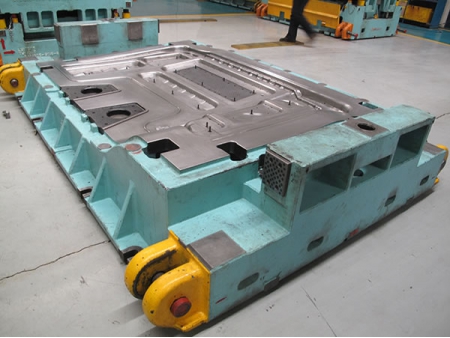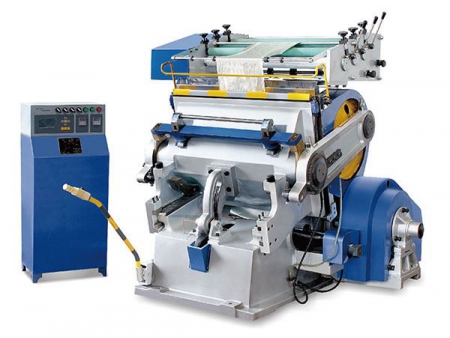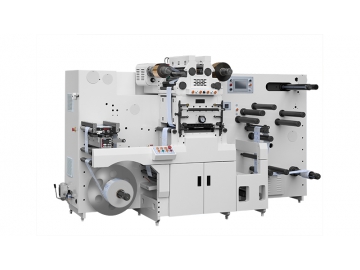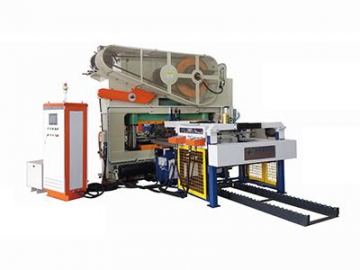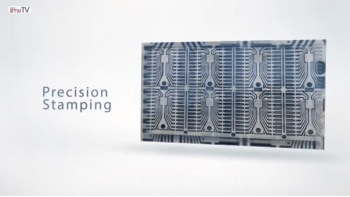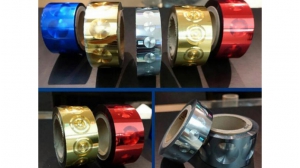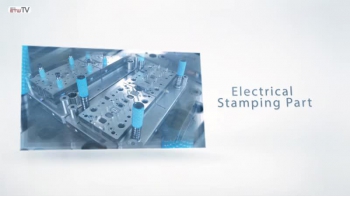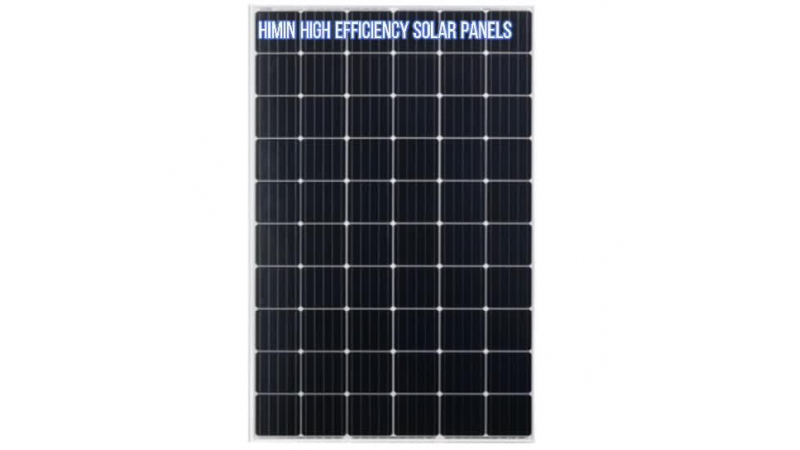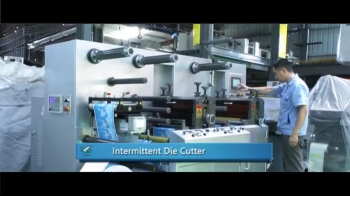Stamping Die for Cowl Panel
The cowl panel is what keep debris from entering under the hood area in cars. After a few thousand miles, the cowl should be replaced. As an experienced tool and die manufacturer,Huanghe designs and builds a complete selection of auto dies for cowl panels that can be installed in nearly any car make or model. Below, we list the stamping dies required for the production of cowl panels.
The drawing process is the first step in cowl panel production.
This picture is a draw die for cowl panel making. The cowl panel is fit under the car hood, and attached to the floor pan and windshield pillars. Common traits of the cowl include a complex profile and multiple holes through which the throttle cable, tension rod and pipeline may pass.
With this stamping die, the cowl panel is drawn into the desired shape. The drawing process is important as it affects the quality of the finished products. A simplified stamping die design makes stamping easier, and saves production costs. A reasonable draw die surface design causes minimum drag to the work piece, and prevents it from being over stretched.
Inserts for the cam trim die are castings of air cooled steel. Two standard, wedge shaped cam blocks allow for trimming in different directions. To ensure scraps slide smoothly out of the die, two hooks are fit onto the upper die.
Pictured here is a combination stamping die where trimming and piercing operations are carried out. The compact die design incorporates a pneumatic cylinder and feed cylinder for easy operation. This stamping die meets customer requirements and is especially suited for batch production, delivering a high yield with a low defect rate.
The trim and cam piercing die has a wedge shaped cam driver in the middle, which is built into the pressure pad. Both the pressure pad and the lower die come with a cone-shaped retainer to hold and secure the two parts to the die shoes. To guide the movement of the upper die and pressure pad, vertical guide posts are added, resulting in a higher piercing precision.
The forming process involves bending, which can produce an unfavorable side thrust, causing components to deform. To eliminate the effect of lateral stress, a heel block is added between the upper punch and the lower die. Operating on the lever principle, the knock-out rod can eject the finished part from the die without spending extra money to add a stripper pad.
Finished Cowl Panel



















